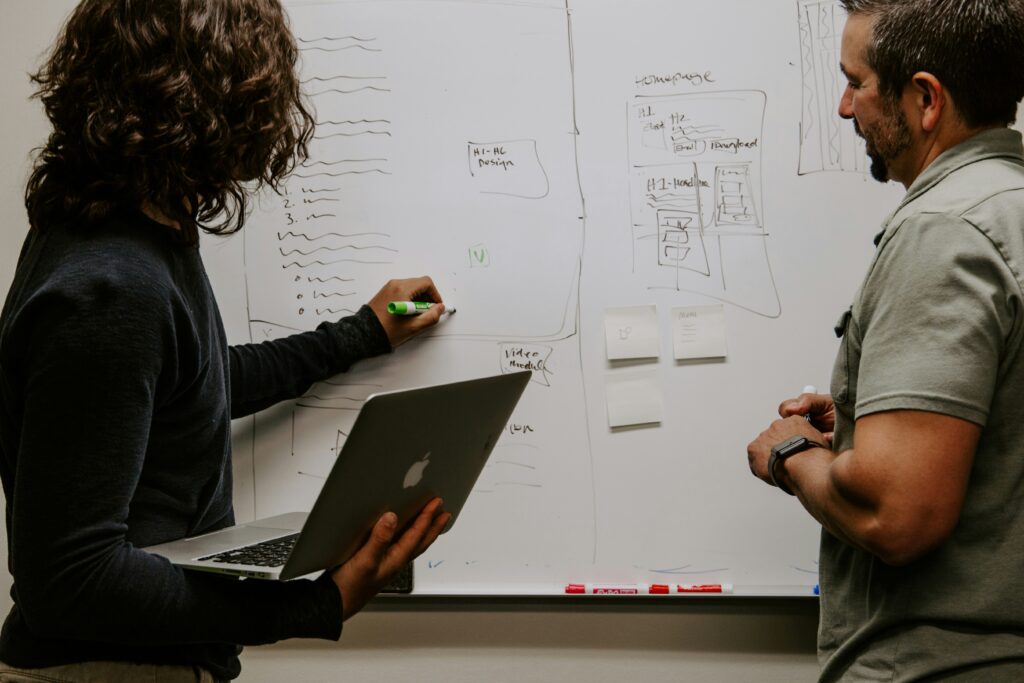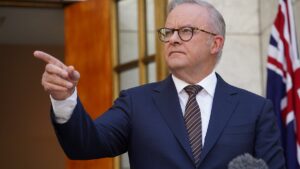
Researchers at NYU Tandon School of Engineering have unveiled a pioneering fabrication method that broadens the scope of superconducting materials used in quantum hardware. This innovative approach, detailed in a study published in Applied Physics Letters, addresses a significant challenge in the field: the difficulty of patterning promising superconductors, such as transition metal nitrides, carbides, and silicides, into functional devices using traditional chemistry-based methods.
The study, highlighted as a “Featured” article, showcases a novel technique that could revolutionize the way quantum devices are constructed. By demonstrating that physical patterning, specifically low-energy ion beam etching (IBE), is a viable alternative, the research paves the way for evaluating and harnessing these materials for high-performing quantum technologies.
Advancing Quantum Hardware
Led by Professor Davood Shahrjerdi, the NYU Tandon team validated their approach using niobium, a well-known superconductor, and benchmarked the resulting devices against state-of-the-art counterparts created with conventional methods. The findings revealed comparable performance, marking a significant step forward in the development of quantum computers.
Quantum computers hold the promise of solving complex problems beyond the reach of today’s machines, with applications spanning drug discovery, cryptography, and financial modeling. “Realizing this promise requires components that can preserve fragile quantum states long enough to perform complex calculations,” Shahrjerdi explained. “That means building ever more perfect hardware to reduce errors and improve the fault tolerance of quantum systems.”
Expanding the Superconducting Toolkit
The team’s demonstration is a significant stride towards expanding the superconducting material toolkit for device fabrication. “Fabricating devices with materials-agnostic techniques expands the design space for quantum hardware to under-explored materials,” said Dr. Matthew LaHaye, a research physicist at the Air Force Research Laboratory (AFRL) and a collaborator on the project. “This could catalyze advancements in the scaling of quantum information systems to greater size and functionality.”
To test this approach, Ph.D. students Miguel Manzo-Perez and Moeid Jamalzadeh, co-lead authors of the study, designed superconducting resonators and developed fabrication protocols that combined electron-beam lithography with IBE. They successfully deposited thin niobium films on silicon substrates and patterned them into superconducting resonators, all within the NYU Nanofabrication Cleanroom (NYU Nanofab), Brooklyn’s first academic cleanroom.
Collaboration and Testing
“NYU Nanofab is equipped with state-of-the-art tools and a strategic focus on enabling the fabrication of advanced devices from quantum materials and superconductors,” said Shahrjerdi, the inaugural Faculty Director. “In addition to advancing academic research, it also serves as the prototyping facility of the Northeast Regional Defense Technology (NORDTECH) Hub, with the mission to support lab-to-fab transitions in superconducting quantum technologies.”
The devices were subsequently shipped to AFRL, where Booz Allen Hamilton contractors Christopher Nadeau and Man Nguyen tested them at temperatures near absolute zero. The quantum resonators demonstrated high performance, confirming the feasibility of the IBE-based fabrication approach for realizing low-loss quantum hardware. In quantum technology, loss is a critical measure of hardware quality, with lower values indicating more perfect superconducting devices.
“This breakthrough expands the design space for quantum hardware to under-explored materials, potentially catalyzing advancements in scaling quantum systems,” said Dr. Matthew LaHaye.
In addition to Shahrjerdi, LaHaye, Manzo-Perez, and Jamalzadeh, the other co-authors of the paper include Alexander Madden of Booz Allen Hamilton; Iliya Shiravand of NYU Tandon; Kim Kisslinger and Xiao Tong of Brookhaven National Laboratory; Kasra Sardashti of the University of Maryland; and Michael Senatore of the Air Force Research Laboratory.
NYU Tandon and AFRL Rome collaborate under a Cooperative Research and Development Agreement (24-RI-CRADA-09) and are supported by funding from the Microelectronics Commons through the Northeast Defense Technology Hub project entitled “Improved Materials for Superconducting Qubits with Scalable Fabrication.”
This development represents a significant leap forward in the quest for more efficient quantum technologies, with the potential to unlock new capabilities in various fields. As researchers continue to explore and refine these methods, the future of quantum computing looks increasingly promising.





